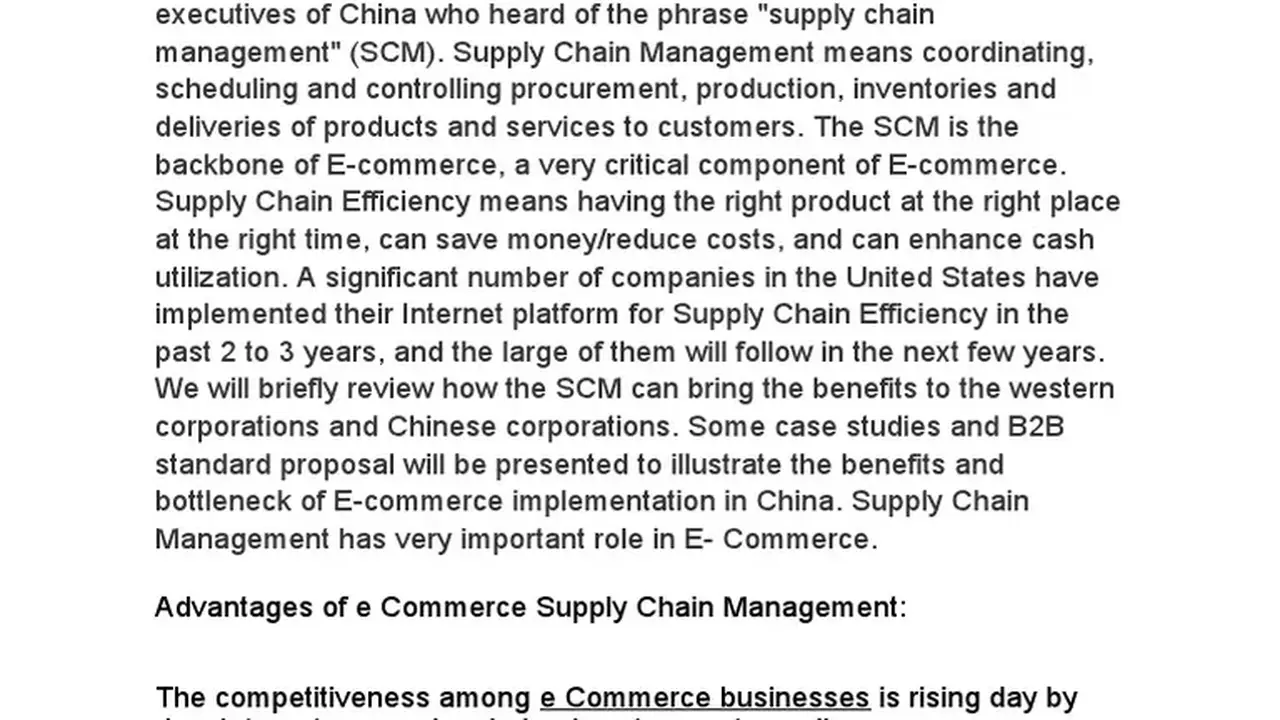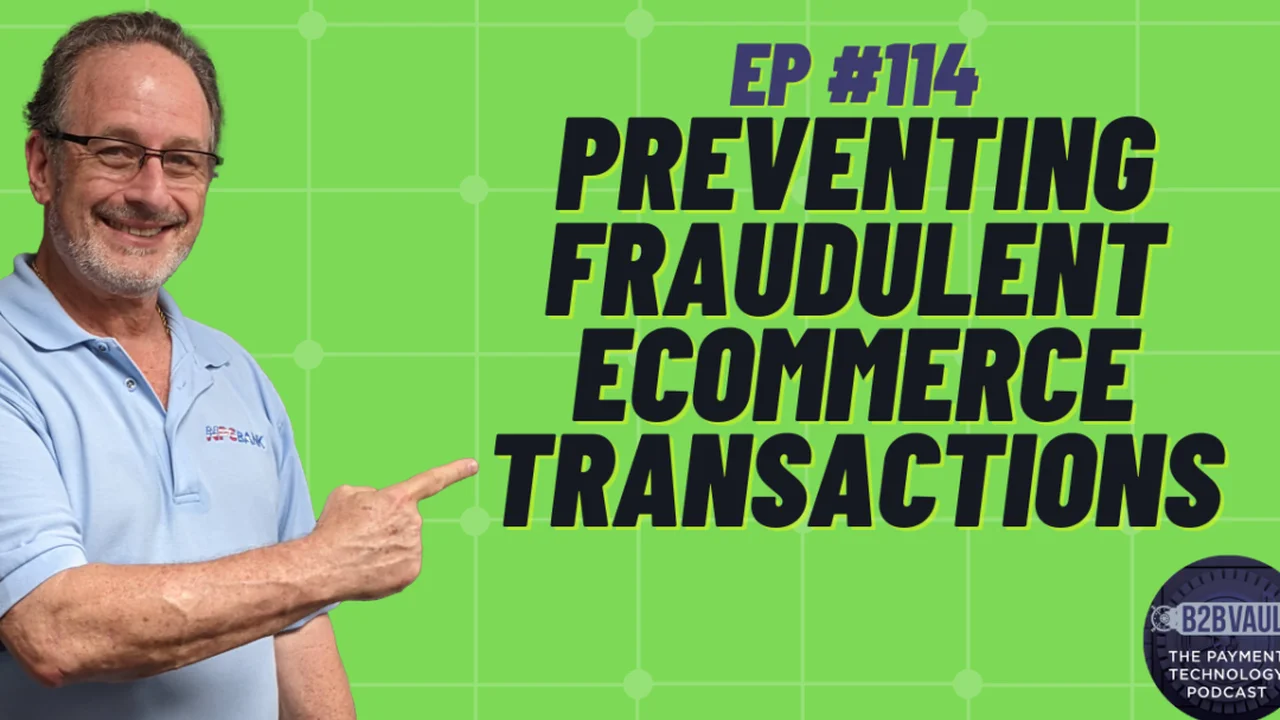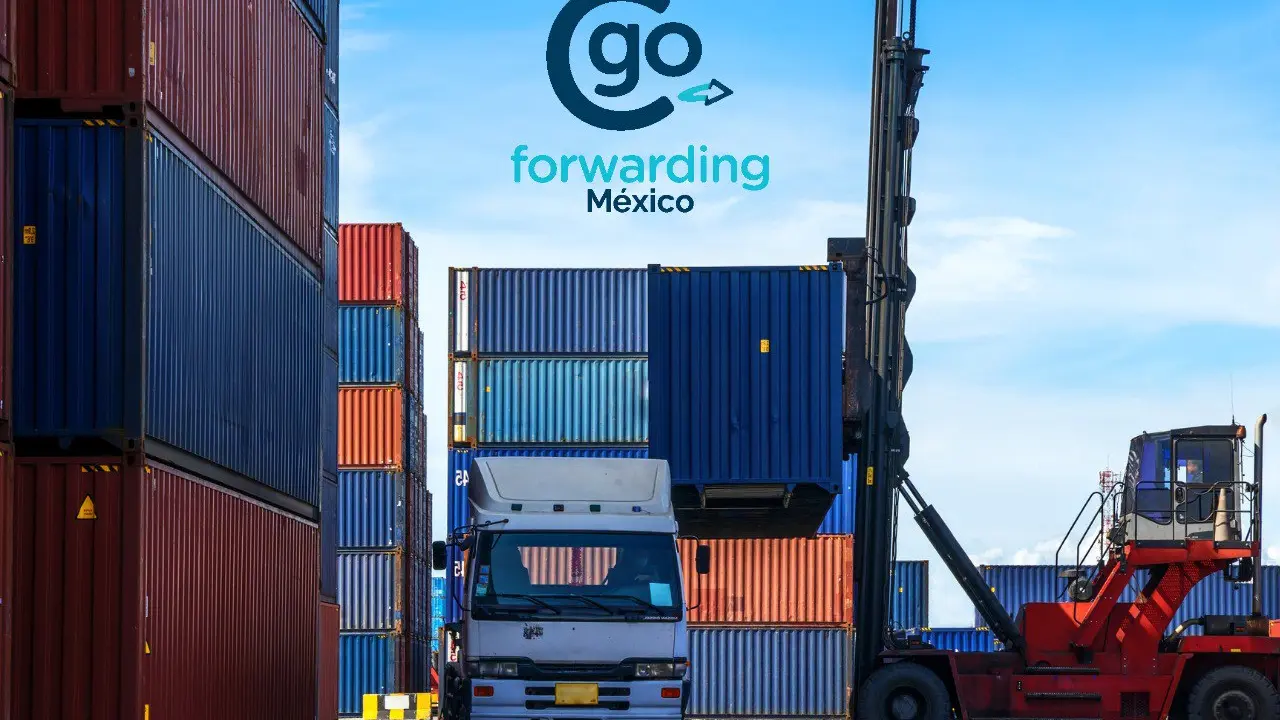The Role of Government in Supporting E-commerce Logistics in SEA & Mexico
Sample meta description.

Introduction: Why Government Involvement Matters for E-commerce Logistics in Southeast Asia & Mexico
Okay, let's talk e-commerce logistics in Southeast Asia (SEA) and Mexico. It's booming, right? But behind the scenes, getting packages from point A to point B isn't always smooth sailing. Think crazy traffic in Jakarta, confusing customs regulations in Mexico, and just general infrastructure challenges. That's where governments come in. Their policies, investments, and regulations can either be a huge help or a major roadblock. We're going to dive into how governments are (or should be) playing a role in making e-commerce logistics more efficient and affordable in these regions.
Infrastructure Investments: Roads, Airports, and Ports - The Foundation of E-commerce Logistics
First things first: infrastructure. You can't have a thriving e-commerce sector if your roads are riddled with potholes or your ports are constantly congested. Governments need to invest in upgrading and expanding transportation networks. Think better roads connecting rural areas to major cities, modernizing airports to handle increased cargo volumes, and streamlining port operations to reduce delays. For example, consider the impact of improved highway systems on last-mile delivery times in rural Indonesia. Or the effect of investing in cold storage facilities at Mexican airports for perishable goods. These investments directly impact the speed and reliability of e-commerce deliveries. Governments also need to think about digital infrastructure - reliable internet access is crucial for e-commerce businesses and consumers alike.
Regulatory Frameworks: Simplifying Customs, Reducing Bureaucracy, and Protecting Consumers
Next up: regulations. Navigating customs procedures in SEA and Mexico can be a nightmare for e-commerce businesses. Governments need to simplify these processes, reduce red tape, and implement clear and transparent regulations. Think about creating a single window system for customs clearance, harmonizing standards across different countries in SEA, and implementing risk-based inspections to speed up the flow of goods. Consumer protection is also key. Governments need to establish clear rules for online transactions, address issues like fraud and counterfeit goods, and ensure that consumers have access to effective dispute resolution mechanisms. This builds trust in the e-commerce ecosystem and encourages more people to shop online.
Incentives and Support Programs: Helping Small Businesses Thrive in the E-commerce Landscape
Let's be real, e-commerce can be tough, especially for small businesses. Governments can play a role in leveling the playing field by providing incentives and support programs. This could include grants for businesses to invest in technology, training programs for e-commerce entrepreneurs, and access to affordable financing. Governments can also help small businesses connect with larger marketplaces and export opportunities. For example, a government-backed program could help small businesses in Vietnam set up online stores on platforms like Lazada or Shopee. Or a program could help Mexican artisans sell their products on Etsy or Amazon. These initiatives can help small businesses reach a wider audience and grow their e-commerce operations.
Technology Adoption: Encouraging Innovation and Digital Transformation in Logistics
Tech is the name of the game. Governments need to encourage the adoption of new technologies in the logistics sector. This could involve providing incentives for companies to invest in automation, robotics, and data analytics. Think about supporting the development of smart logistics platforms that optimize delivery routes, track shipments in real-time, and improve warehouse efficiency. Governments can also promote the use of blockchain technology to enhance transparency and security in supply chains. For example, a government could partner with a logistics company to pilot a blockchain-based system for tracking the movement of goods across borders. This can help reduce fraud, improve efficiency, and build trust in the logistics ecosystem.
Specific Product Recommendations and Comparisons for E-commerce Logistics:
Alright, let's get down to some specific tools and tech that can help e-commerce businesses in SEA and Mexico. These are just a few examples, but they'll give you an idea of the types of solutions available.
Warehouse Management Systems (WMS) for E-commerce Order Fulfillment
A good WMS is crucial for managing inventory, processing orders, and optimizing warehouse operations. Here are a few options:
- Fishbowl Inventory: A popular choice for small to medium-sized businesses. It offers features like inventory tracking, order management, and shipping integration. Use Case: Ideal for a growing e-commerce business that needs to manage a large number of SKUs and process a high volume of orders. Pricing: Starts around $4,395 (one-time purchase).
- NetSuite WMS: A more comprehensive solution that's part of the NetSuite ERP suite. It offers advanced features like warehouse automation, real-time inventory visibility, and integration with other business functions. Use Case: Suitable for larger e-commerce businesses that need a robust and scalable WMS solution. Pricing: Varies depending on the size and complexity of the implementation.
- Zoho Inventory: A cloud-based WMS that's designed for small businesses. It's easy to use and offers features like inventory management, order fulfillment, and shipping integration. Use Case: A good option for a startup e-commerce business that needs an affordable and user-friendly WMS. Pricing: Starts at $49/month.
Comparison: Fishbowl is a good mid-range option, NetSuite is for larger enterprises needing deeper integration, and Zoho is perfect for budget-conscious startups.
Shipping Software for E-commerce Businesses in SEA & Mexico
Shipping software can help you automate shipping processes, compare rates from different carriers, and generate shipping labels. Here are a few options:
- EasyPost: A popular shipping API that integrates with multiple carriers like DHL, FedEx, and UPS. It offers features like address verification, rate shopping, and label generation. Use Case: Ideal for e-commerce businesses that need to ship a high volume of packages and want to automate their shipping processes. Pricing: Pay-as-you-go pricing model.
- ShipStation: A web-based shipping platform that integrates with popular e-commerce platforms like Shopify, WooCommerce, and Amazon. It offers features like order management, shipping automation, and customer notifications. Use Case: A good option for e-commerce businesses that sell on multiple channels and need a centralized platform to manage their shipping. Pricing: Starts at $9/month.
- Shippo: Similar to ShipStation, Shippo offers integrations with various e-commerce platforms and carriers. It focuses on ease of use and offers competitive shipping rates. Use Case: Ideal for businesses looking for a user-friendly platform with built-in rate comparison and label printing. Pricing: Starts at $10/month.
Comparison: EasyPost is great for developers needing a robust API, ShipStation for multi-channel sellers, and Shippo for ease of use and competitive rates.
Last-Mile Delivery Solutions for E-commerce in Urban Areas
Last-mile delivery is often the most expensive and challenging part of the e-commerce logistics process. Here are a few solutions that can help:
- Lalamove: A on-demand delivery platform that connects businesses with independent drivers. It offers a range of delivery options, from motorcycles to vans. Use Case: Ideal for e-commerce businesses that need to offer fast and flexible delivery options in urban areas. Pricing: Varies depending on the distance and type of vehicle.
- GrabExpress: Similar to Lalamove, GrabExpress is a on-demand delivery platform that's integrated with the Grab ride-hailing app. It offers a range of delivery options, from motorcycles to cars. Use Case: A good option for e-commerce businesses that want to leverage the Grab ecosystem and reach a large customer base. Pricing: Varies depending on the distance and type of vehicle.
- Ninja Van: Offers a range of last-mile delivery services, including standard delivery, express delivery, and cash-on-delivery. Use Case: Best for businesses needing reliable delivery within specific Southeast Asian countries. Pricing: Varies based on package size, weight, and destination.
Comparison: Lalamove and GrabExpress are great for on-demand deliveries, while Ninja Van provides more structured and regional delivery services.
Government's Role in Promoting Sustainable E-commerce Logistics
Sustainability is becoming increasingly important in the e-commerce sector. Governments can play a role in promoting sustainable logistics practices by incentivizing the use of electric vehicles, investing in green infrastructure, and encouraging the adoption of eco-friendly packaging materials. They can also promote the development of circular economy models that reduce waste and promote reuse. For example, a government could offer tax breaks for companies that use electric delivery vehicles. Or it could invest in the development of charging infrastructure for electric vehicles in urban areas. These initiatives can help reduce the environmental impact of e-commerce logistics and promote a more sustainable future.
The Future of E-commerce Logistics in SEA & Mexico: A Collaborative Approach
The future of e-commerce logistics in SEA and Mexico depends on a collaborative approach between governments, businesses, and consumers. Governments need to create a supportive regulatory environment, invest in infrastructure, and promote technology adoption. Businesses need to embrace innovation, improve efficiency, and prioritize sustainability. And consumers need to be aware of the environmental and social impact of their purchasing decisions. By working together, we can create a thriving and sustainable e-commerce ecosystem that benefits everyone.
:max_bytes(150000):strip_icc()/277019-baked-pork-chops-with-cream-of-mushroom-soup-DDMFS-beauty-4x3-BG-7505-5762b731cf30447d9cbbbbbf387beafa.jpg)






